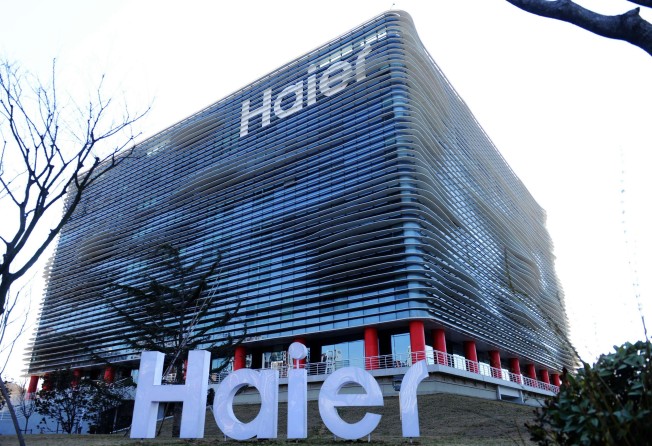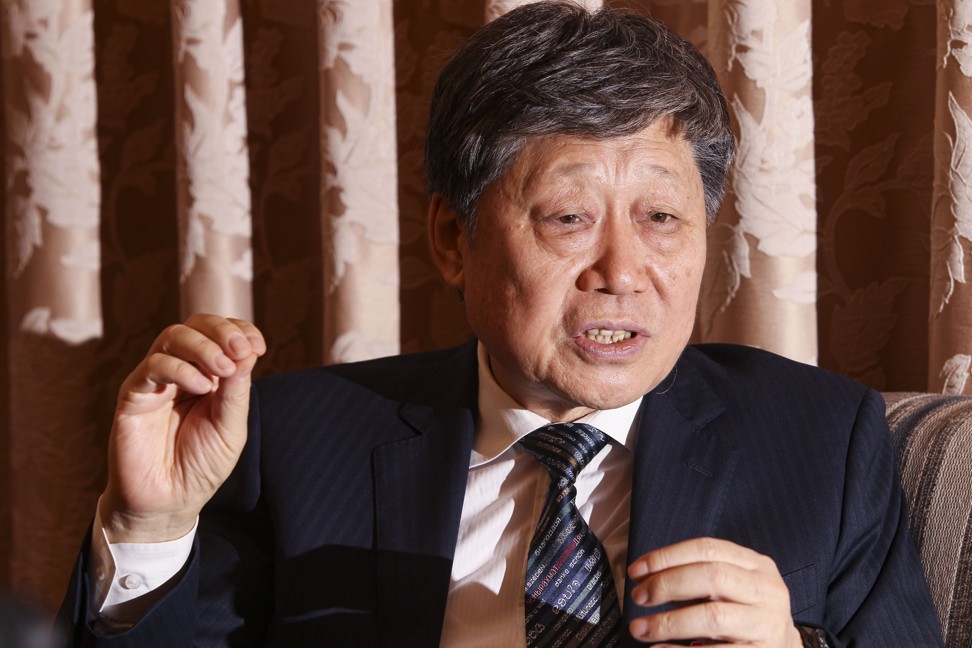While Huawei and Xiaomi have had global success, building the Made in China brand must go beyond big tech
- As part of its economic transformation, China needs to encourage brand building. For the best lessons, it must look beyond its high-profile tech titans and at traditional manufacturers like home-appliance label Casarte

Shifting China’s growth model has been imperative for the country’s leadership amid a slowing economy and the trade war with the United States. Encouraging brand building could be the linchpin of this endeavour.
The significance of brands in a knowledge-driven economy has never been lost on Beijing’s top cadres. As early as June 2016, the State Council issued a landmark document hailing the “pioneering” role of brands in facilitating supply-demand structural reforms. This marked the beginning of the elevation of an intrinsically corporate matter into a national strategy.
The official endorsement of branding got a leg up the following year with the inauguration of China Brand Day on May 10, an annual occasion to acknowledge and promote the achievements of emerging indigenous brands.
These efforts have borne fruit, and the ascendancy of tech titans such as Huawei and Xiaomi has changed negative stereotypes about “Made in China” for the better.
But the road ahead is challenging. Although a growing crop of businesses actively pursue brand strategies, often with local authorities granting support in earnest, many lack a coherent conceptual framework regarding brand building. What is more, huge regional discrepancies defy a uniform approach to building brands.
Brand strategies should be tailored to local economic conditions. In less developed areas, brands basically function as a guarantee of product quality and convey trustworthiness, while in more affluent regions, brands exemplify a lifestyle that target consumers are led to aspire to.
In the digital era, our eyes are fixated on tech poster boys like Huawei to the exclusion of firms deemed less tech-savvy. This obsession often blinds us to the efforts of traditional manufacturers as a source of brand building inspiration.
One needs to look no further than home appliance maker Casarte. As a premium brand under Haier, a white goods conglomerate, Casarte emphasises superior quality and exclusivity. The products embody a brand that stands for artistic design, tech sophistication and craftsmanship.
These attributes undergird the brand proposition that over the years has been peddled to China’s urban elite in advertisements associating Casarte with a coveted upper-middle-class lifestyle.
As it evolves from an obscure French-sounding name to a leading home-appliance producer in China with a market share of 43 per cent in high-value segments (washing machines, refrigerators and air conditioners priced at 10,000 yuan, or US$1,415, and higher), Casarte’s brand strategy has been pored over at business schools the world over.
So what can be learnt from this strategy? Is Casarte’s recipe for success replicable?
The answer may well be, yes. Casarte’s stellar performance results from multiple forces at play, the first being alignment of a clear brand identity with the underlying management structure. Its brand promise – consumers can expect class, quality and reliability from every Casarte product – would ring hollow unless it was consistent with user experience.
Casarte’s management philosophy boils down to “connecting staff to customer needs”, a concept first proposed by Haier’s billionaire founder and CEO Zhang Ruimin.
According to this philosophy, Haier employees can be more responsive to the evolving market environment and consumer needs if they are empowered to sidestep hierarchical rules, innovate in areas beyond their assigned roles and directly share in the profits they help to create.
Encouraging employees to take the initiative instead of just doing the bidding of their superiors is essentially antithetical to a command-driven hierarchical corporate culture.

Implementation of these insights entails disruption to all aspects of management, from marketing and human resources to supply chain and production. In the absence of the desire to embrace disruptive changes and the financial wherewithal of its parent Haier Group, Casarte would not have fared so well in the 13 years since its founding.
The Casarte story shows that a supportive management structure is indispensable to successful brand-building. This is something many entrepreneurs tend to overlook in their misguided belief that branding is tantamount to marketing. As a result, many do not give branding the more exalted position it deserves in organisational design.
Now that it is Beijing’s stated aim to swell the ranks of national champions like Huawei and Haier, we ought to take note that this is a two-pronged strategy involving nation-branding and national branding, which are complementary.
Management scholars share a long-held view that Chinese brands are held back by a negative “country of origin” effect. This prompted Beijing to orchestrate a string of campaigns to burnish the image of “Made in China” at home and abroad, such as the Made in China 2025 initiative.
Chinese brand managers can look to their neighbour to the east for some clues. In 2009, South Korea set up the Presidential Council on National Branding chaired by then-president Lee Myung-bak.
Its mission was to lift the country’s global profile. Many leading Korean firms, such as Samsung, Hyundai and LG, have benefited enormously from this drive and are boosting the nation’s reputation overseas.
So which brands can represent China in the global market? Huawei and Lenovo are two examples that spring to mind. But we need more big names that are not necessarily accorded the adulation lavished on big tech. The numerous home-grown brands going global are likely to become the best spokesmen of a rebranded Made in China label.
He Jiaxun is head of the Institute for Nation(al) Branding Strategy at East China Normal University and concurrently the Chinese dean of the university's Asia-Europe Business School